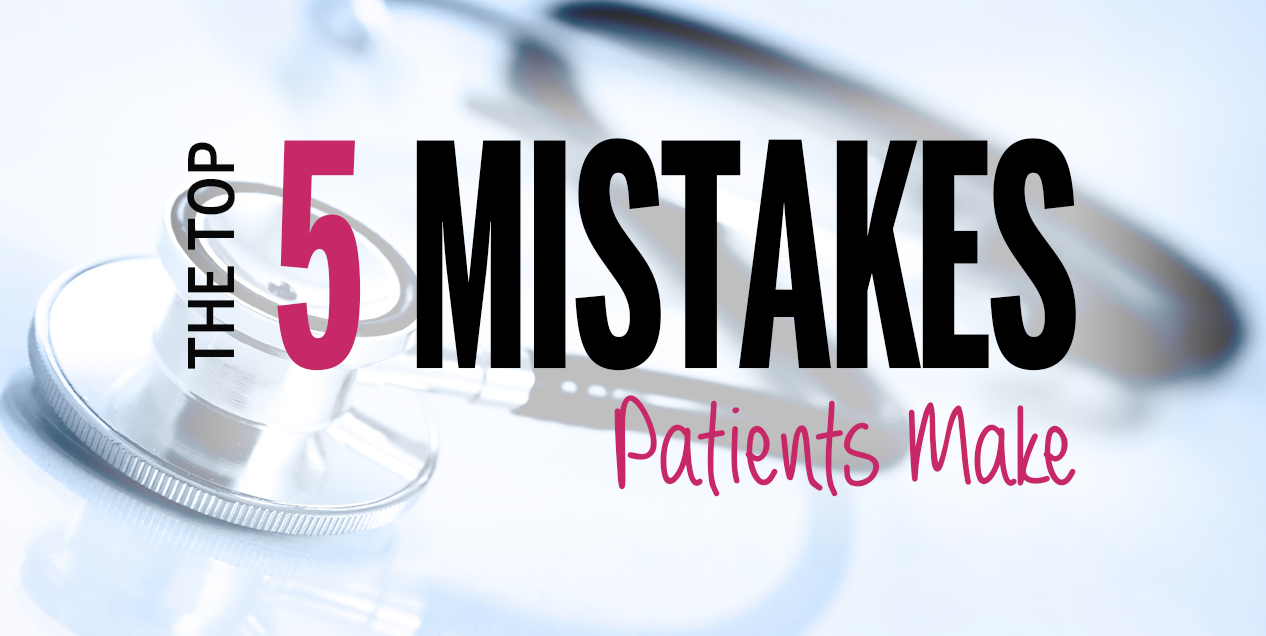Cheek (Mid-Face) Lift
-
Content written by Andrew Proulx, MD | Reviewed by EnhanceMyself Medical Team | Last updated 6/20/2023
- Overview
Overview
What is a cheek lift?
A cheek lift, also called a mid-face lift, is a cosmetic procedure performed by plastic surgeons in which the soft tissues of the cheek are elevated and tightened in order to restore the natural shape of your cheeks and eyelids, resulting in a more youthful appearance.
Cost of cheek (mid-face) lift surgery
The average cost of cheek (mid-face) lift surgery can range from $4,000 to $8,000 depending on a variety of factors. Some of the key factors that influence the cost include:
- Your Surgeon’s Expertise
- Geographic Location
- Type of Cheek (Mid-Face) Lift
- Anesthesia Fees
- Surgical Facility
- Extent of the Procedure
- Preoperative and Postoperative Care
- Additional Procedures
To get an accurate estimate, set up a consultation with a board-certified plastic surgeon who can assess your specific needs and provide a detailed cost breakdown.
Is it right for you?

Are you a candidate for cheek (mid-face) lift surgery?
Ideal candidates for a cheek (mid-face) lift include:
- Heaviness below cheeks
- Hollowness beneath the eyes
- Healthy individuals with no medical conditions that can impair healing
- Individuals with realistic expectations
Procedure overview
Before undergoing surgery, your doctor will need to perform a physical exam and you’ll undergo routine lab work.
The plastic surgeon will give you a list of medications to refrain from two weeks prior to surgery.
Alcohol and salty foods should be avoided three days prior to surgery. No eating or drinking is allowed after midnight the day before the procedure.
There are many different ways to perform a cheek (mid-face) lift. Incisions can be made in the lower eyelids, through the upper gum areas, or in the temple at the hairline. The surgeon will decide where to make the incisions based on where the skin needs to be lifted and manipulated.
To correct sunken areas and reduce sagging of the cheeks and lower eye sockets, fat will be transferred from one area of your face to another. With the aid of a tiny camera, soft tissues are moved and re-positioned, suturing them in place until they attach to the bone naturally.
The major drawback to a cheek (mid-face) lift is that it often needs to be repeated as one ages.
It’s very common for cheek (mid-face) lifts to be performed in conjunction with other facial procedures such as eyelid surgery and a brow lift to enhance the overall results.
Safety information
Patients usually experience some irritation, redness, bruising, and swelling after having a cheek lift, but these side effects are usually minor. Swelling and other side effects can be reduced or avoided by using an ice-pack for 24 to 48 hours after the surgery.
The incisions result in some scars. These are normally hidden by the hairline, under the eyelids, or in the mouth. Major complications include permanent nerve damage and numbness, but this is very rare.
Recovery time
During the first week, patients should rest with head elevated to promote blood circulation and reduce swelling.
After two to three weeks, most patients can return to their normal activities. Most of the bruising and swelling should have subsided by this time.
Strenuous exercise is typically recommended four to 6 weeks after surgery.
When will you see results?
Many patients will start to see their final results between 5-6 months.
How long will your results last?
Results generally last about 10-15 years.
Are you ready to take the next step? Contact an experienced plastic surgery or facial plastic surgery specialist near you.
EnhanceMyself.com relies on sources such as professional medical organizations, government agencies, academic institutions, and peer-reviewed scientific journals to write it’s articles. Learn more about how we ensure our content is accurate, in-depth, and unbiased by reading our editorial guidelines.
*Medical Disclaimer: This website does not provide medical advice. Read more.




